Significant Jerry Titus' 1968 Firebird
In January, the Russo-Steele Auction house pitched their tents in the desert of Scottsdale, AZ, and a very special car made its way to the block. A new buyer didn’t take it home—despite the bidding going north of $200K—but the sight of this proud bird transports one back to a simpler time and a golden era of racing. Follow it's story of a surprising creation and racing journey...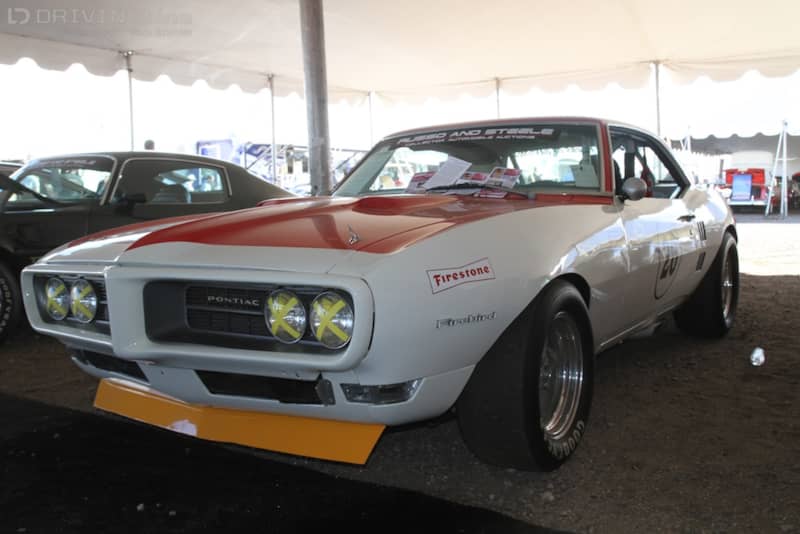
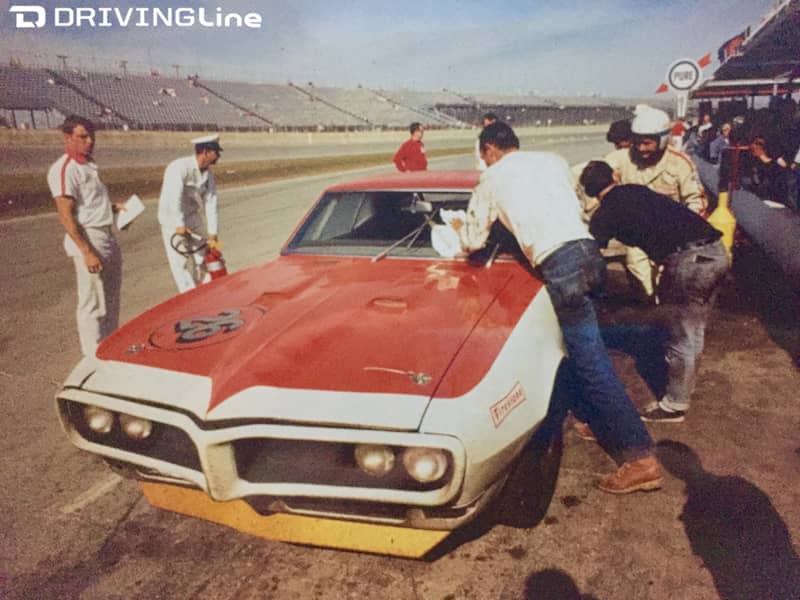
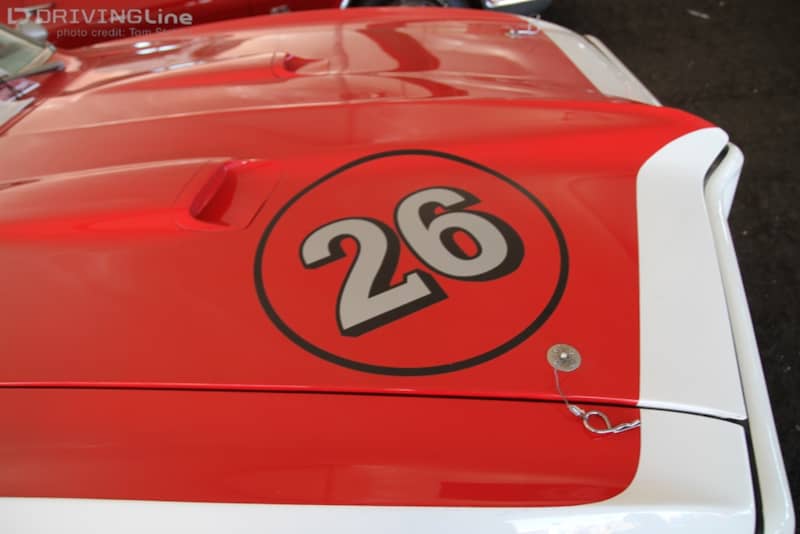
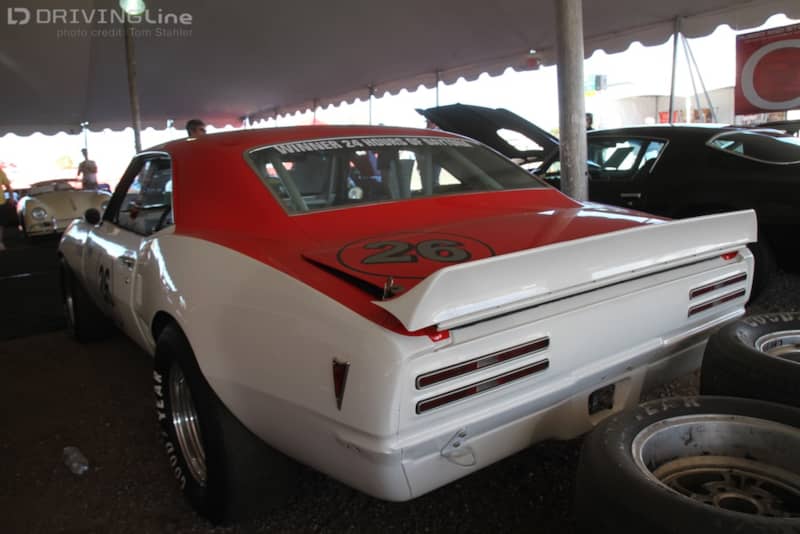
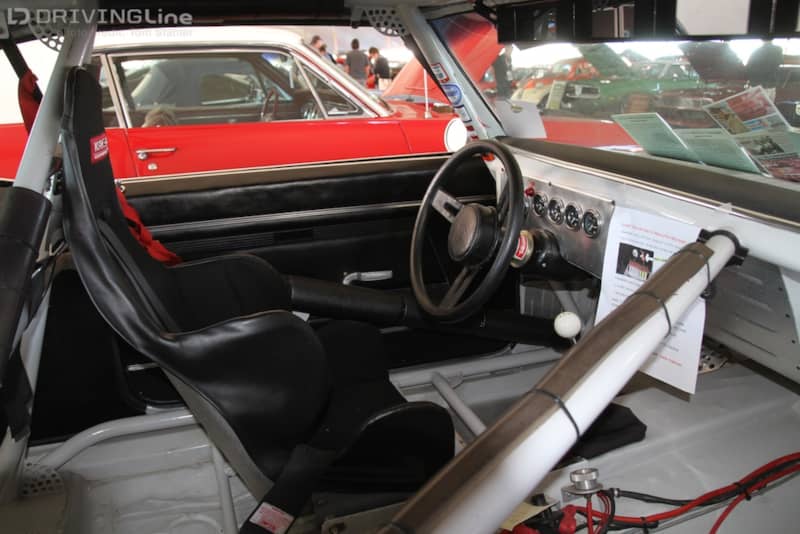
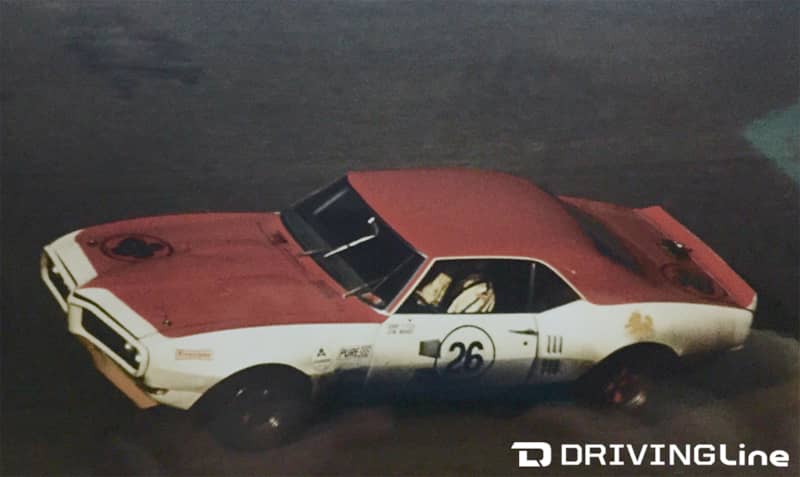
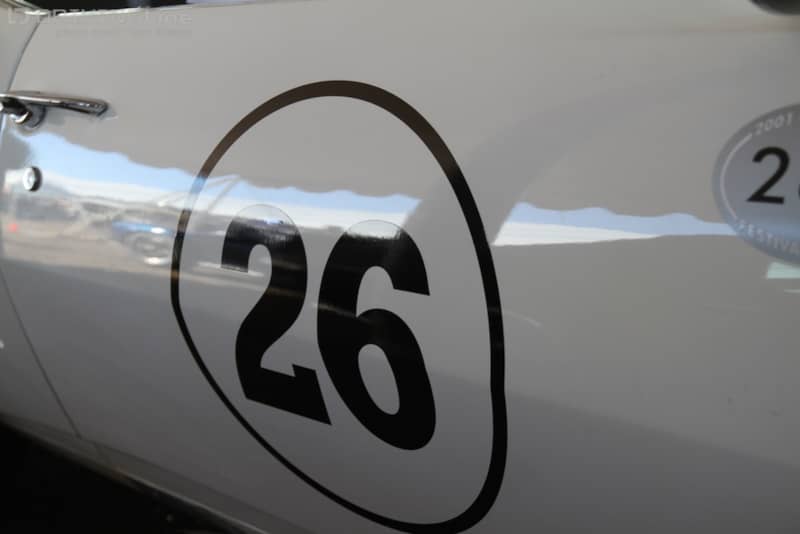
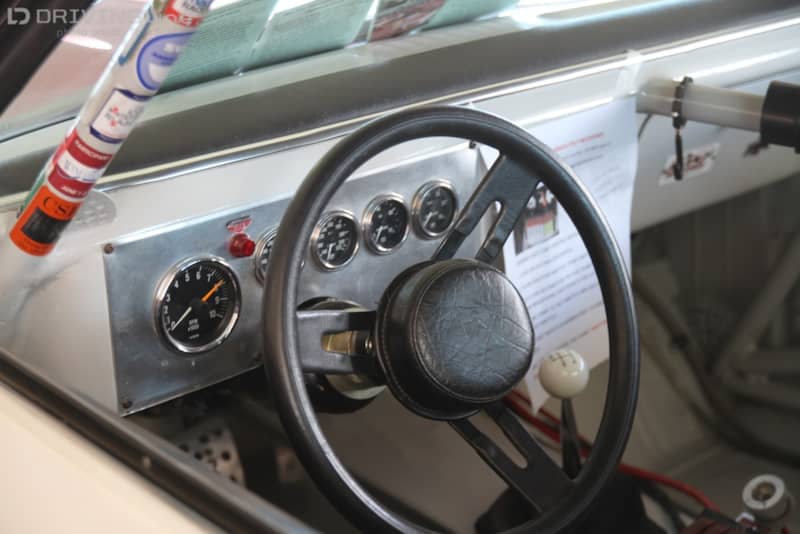
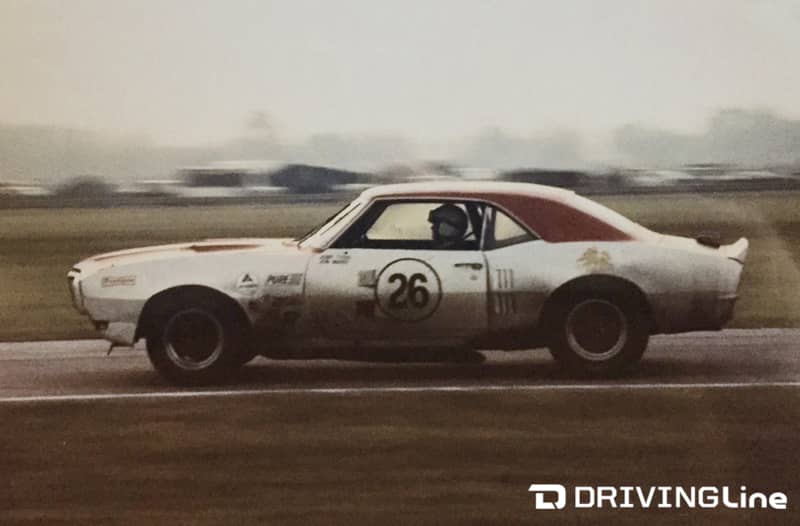
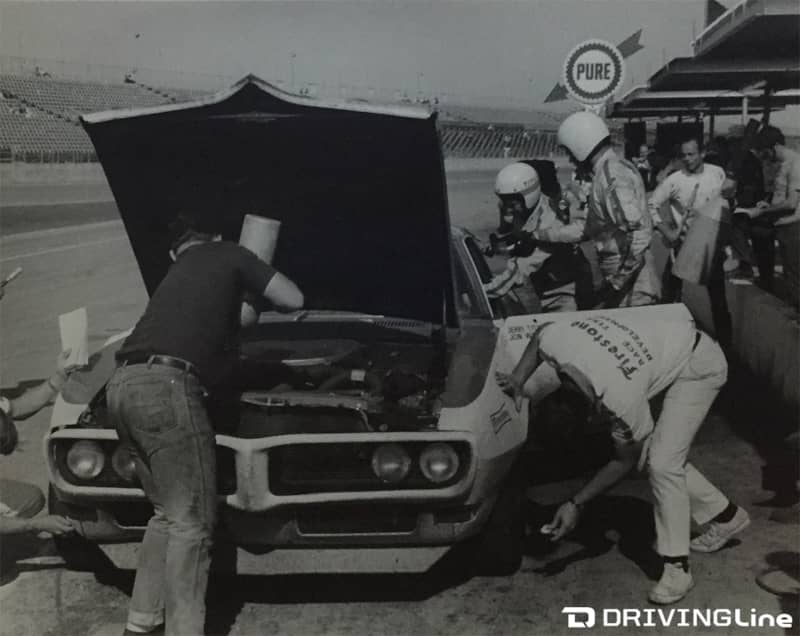
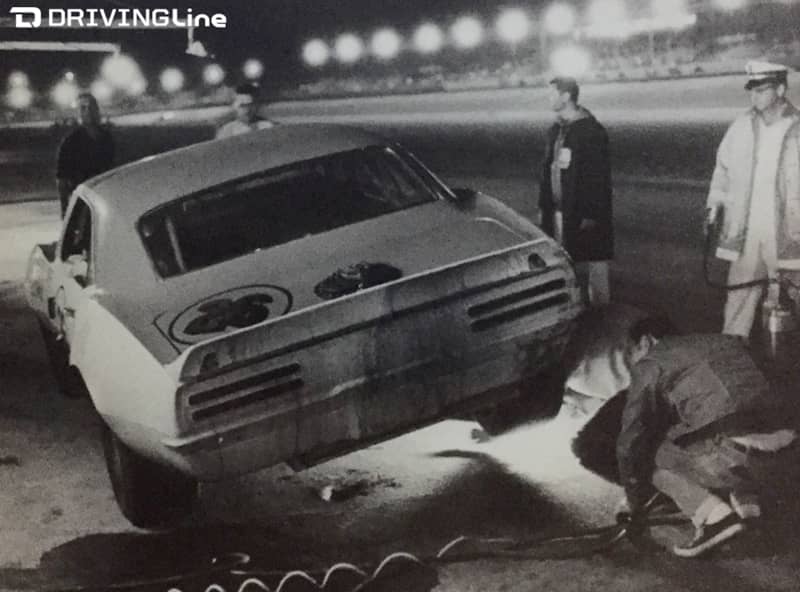
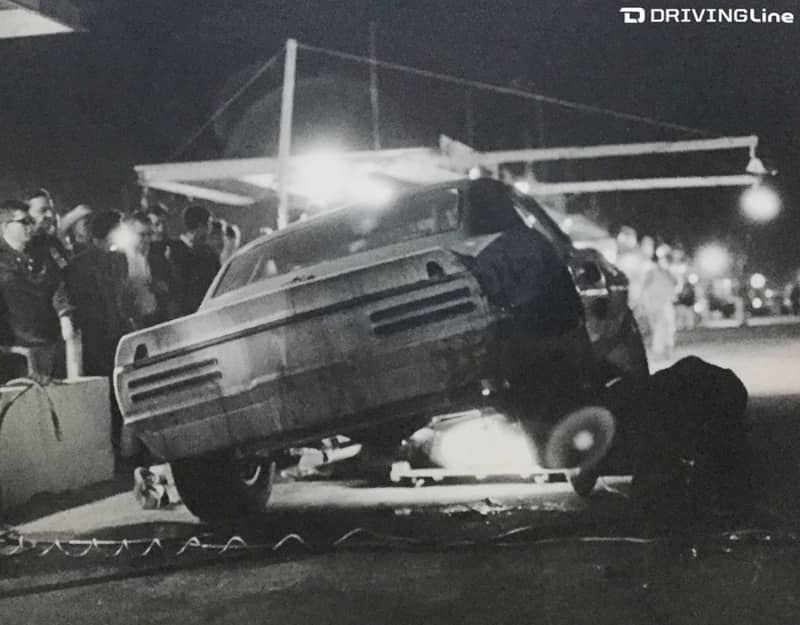
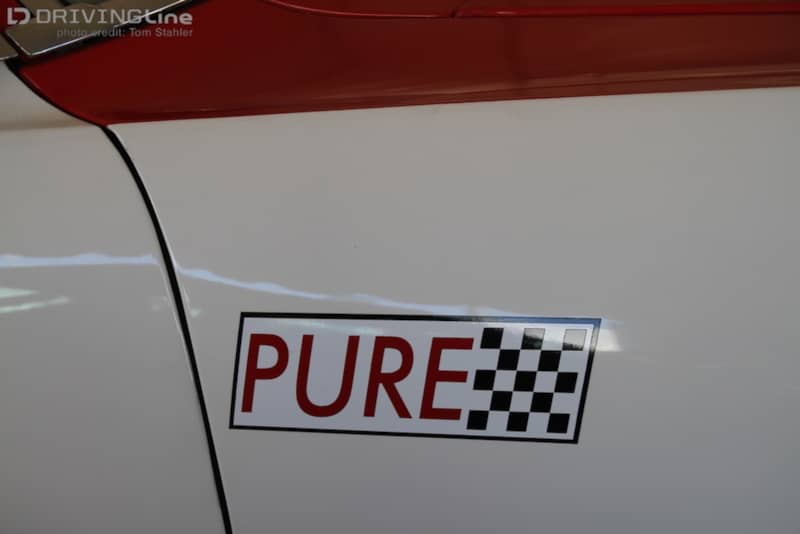
*Thanks to Rick Titus for sharing the Daytona 24 photos, taken by Bob D'Olivo.







